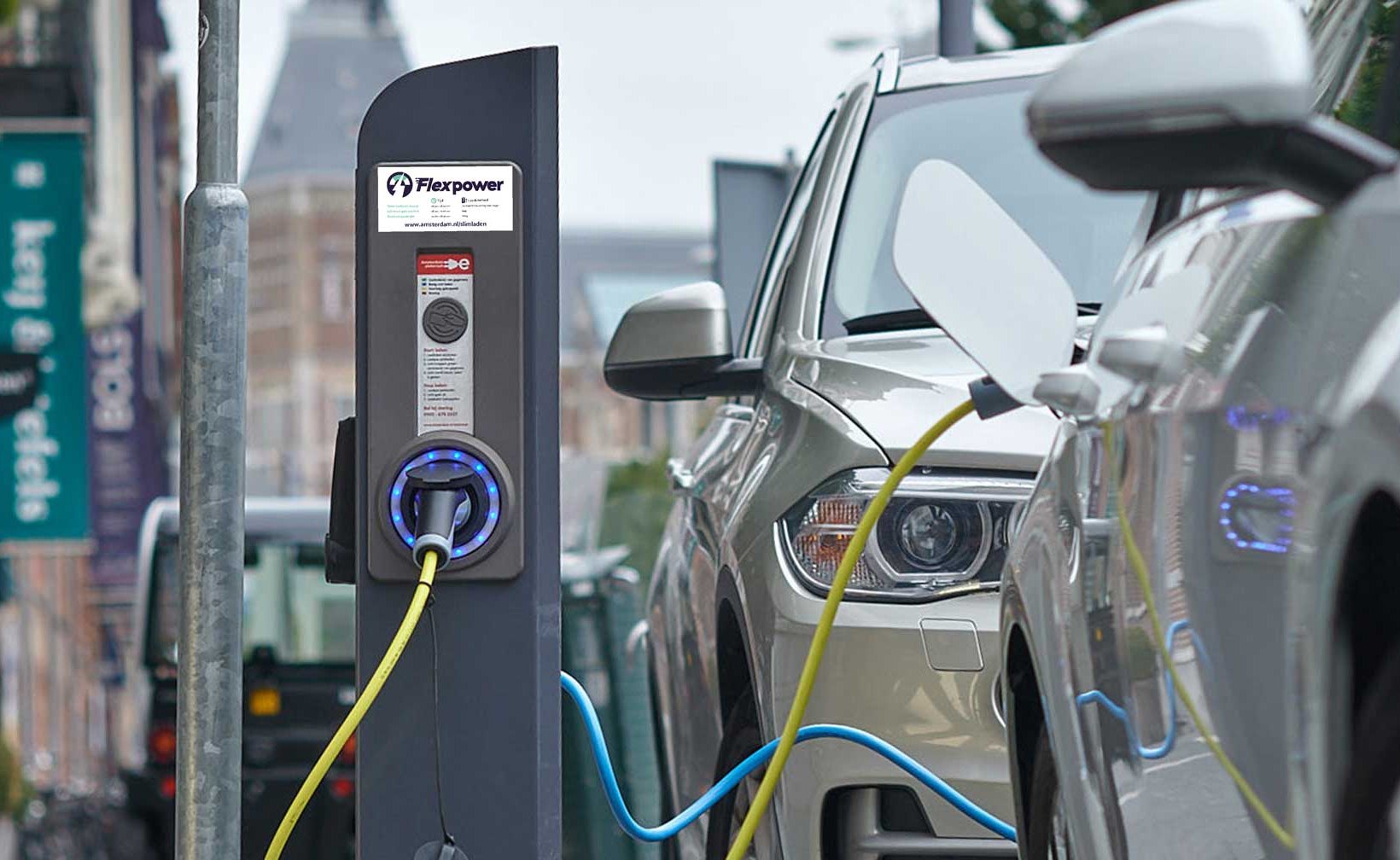
Largest smart electric vehicle charging network optimises use of renewable energy in Amsterdam
Vattenfall and the City of Amsterdam, together with grid owner Liander, the infrastructure competence center Elaad, and the Amsterdam University of Applied Sciences, today launch Flexpower, the largest public smart charging network for electric vehicles in Amsterdam. This innovative solution enables faster charging, maximal use of renewable electricity and more efficient use of the electric grid in Amsterdam.
Operated by Vattenfall, a total of 456 charging stations with 912 charging points – a third of all charging stations for electric cars in the city – have been upgraded and connected in the Flexpower smart charging network.
“Flexpower Amsterdam is a smart network of charging stations that enables faster charging of electric cars when the sun is shining, primarily using locally generated renewable electricity from households in the neighbourhood. This lowers the need for investments in the electric grid and thus makes the solution a role model for many large cities in Europe,” says Tomas Björnsson, Head of e-mobility at Vattenfall.
Increasing load on electricity grid
As the city of Amsterdam is growing, the load on the electricity grid during peak hours will increase 2.5 to 5 times. A part of this increasing load will come from charging of electric vehicles, therefore smart charging will be needed to help mitigating power peak loads on the electricity grid.
Flexpower has been developed to make optimal use of the available grid capacity, by tailoring charging speeds to the electricity consumption and renewable energy production. The charging stations provide slightly less electricity during the hours that households demand a lot of energy, typically between 18.00 to 21.00 hours, and catch up by charging more at night when energy consumption is low or during the day when a lot of local solar power is being produced. As most electric cars are charged outside peak hours, electric car drivers will benefit from quicker charging.
In the past year, Flexpower was used as a test at 52 charging stations with 104 charging points. The charging stations were located in Amsterdam neighbourhoods where there is a lot of locally produced renewable energy.
Facts:
To achieve faster charging at times, the capacity of the Flexpower charging stations has been increased by 40 percent. A regular charging station has a capacity of 3x25 Ampere. The Flexpower charging stations can deliver 3x35 Ampere and also distribute it smarter among the connected cars. It is possible to load up to 2.5 times as fast, also depending on the capacity of the car and battery. The next generation of fully electric cars, with a larger battery and a higher charging speed, will benefit the most.
The Flexpower charging stations are adjusted in such a way that they can be steered based on the daily forecast of solar energy and grid loads. The use of neighbourhood energy and flexible charging helps to better distribute the growing demand for the electricity grid.
The City of Amsterdam has supported the upgrade of the more than 900 charging points financially.
For further information, please contact:
Vattenfall Press Office +46 (0)8 739 5010, press@vattenfall.com



